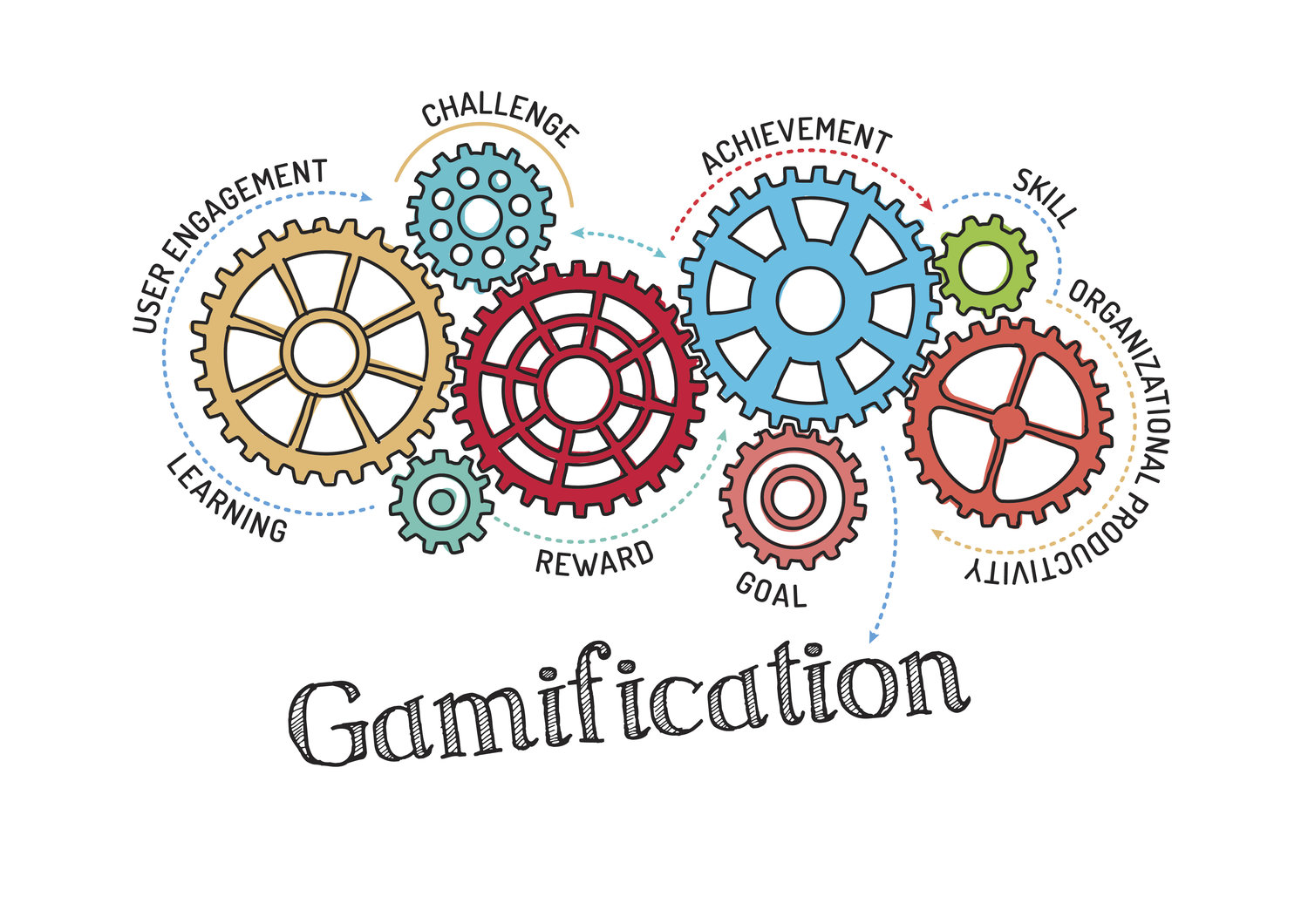
One of the educational buzzwords making its rounds over the last several years is “gamification” of learning. In short, gamification helps motivate students making curriculum and learning more like the video games that attract the attention of our students. Gamification typically entails some kind of task-based challenges with awards or recognition at the end to entice students to participate.
Liz Kolb, a teacher and blogger who has had success in implemented gamified curriculum, offers these five great suggestions for gamifying learning, no matter what you teach.
- Utilize already existing technology – Kolb suggests finding gamification software that allows you to track student progress and award points or badges. Some school management systems, such as Twine, build this right in making it easy to recognize student milestones, alongside traditional gradebooks and other performance measures.
- Prepare quests/missions/tasks – Rather than having long assignments, Kolb found success in breaking things down into shorter “quests” that allowed students to see their progress through a lesson. Getting points along the way and completing these quests helped motivate them to continue working through the assignments.
- Reward students for more complex tasks and allow them to choose – Give students more points based on the complexity of the quests they choose to take on. Students can then opt for more in-depth work, but fewer assignments, or several shorter quests, each earning them credit toward completing the learning goals you’ve established.
- Encourage student interests and collaboration – If there’s room in your curriculum, try to allow students to pursue personal interests and reward them for their academic pursuits. Additionally, allow students to work together to tackle more difficult quests, much like gamers do when taking on a difficult boss.
- Redefine failure and reward mastery – Kolb explains that gamers typically regroup and retry levels or tasks they’ve failed at, learning from their previous mistakes – a characteristic that is exactly applicable to the classroom. She suggests letting students retry quests in your class to ensure mastery and only allow students to move on once those skills have been mastered – just like a game.
At Twine, we are excited about helping schools, passionate about transforming learning and focused on improving student achievement. We are proud to provide technology solutions that help schools achieve their goals. Thinking about what capabilities your school might require from school management software?
Please download your checklist.
